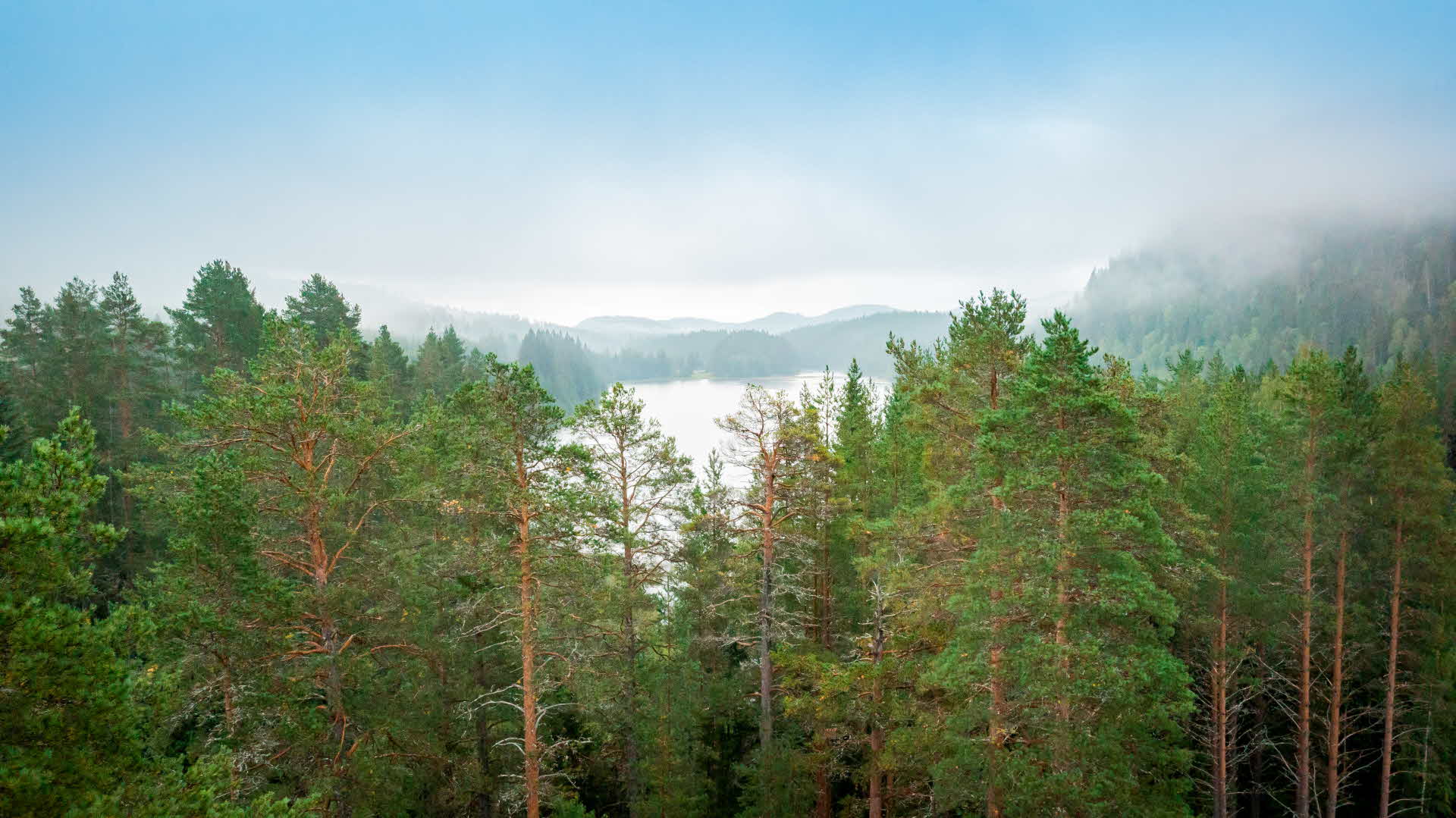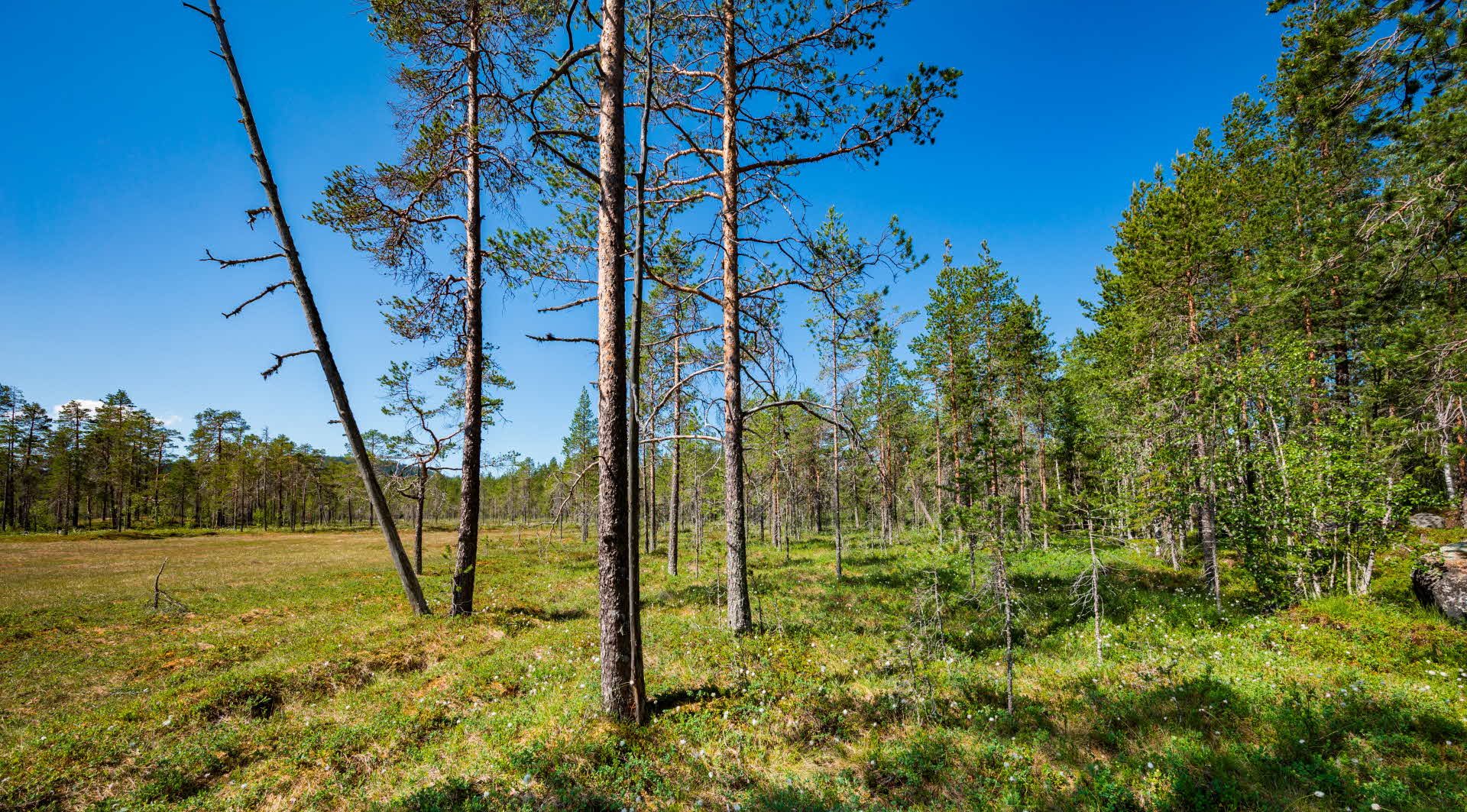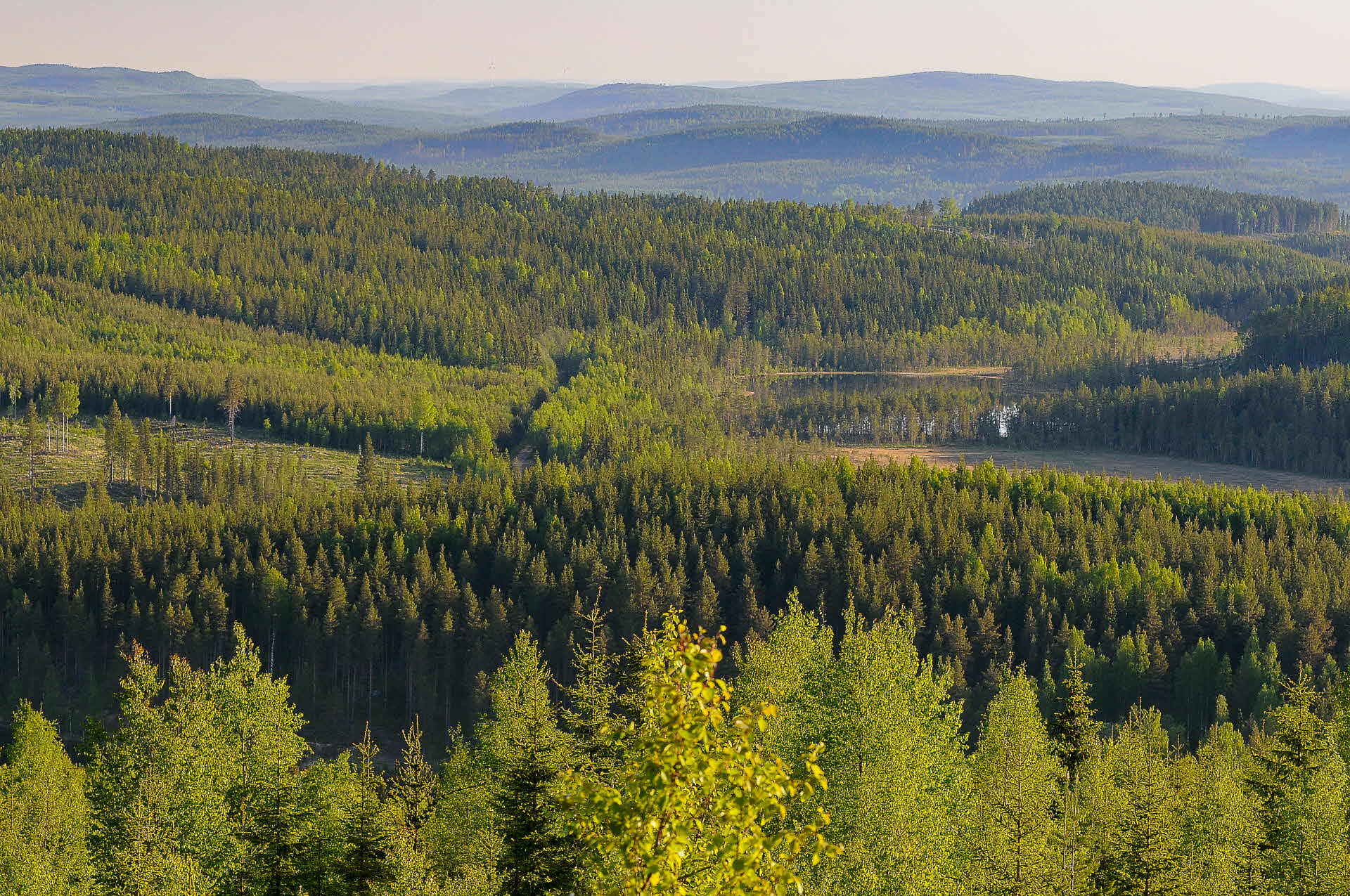
- FOREST
- SCA's FORESTS
- RESPONSIBLE FORESTRY
Responsible forestry
Our responsible forestry combines high production of valuable renewable raw material with extensive consideration to the forest's other values – biodiversity, reindeer husbandry, ancient and cultural remains, experiences and much more.
Forest processes are long. It takes almost a century for a tree to become mature enough for harvesting and many processes in nature take even longer. Our forest management planning therefore extends across 100 years perspective or more.
A perpetual resource
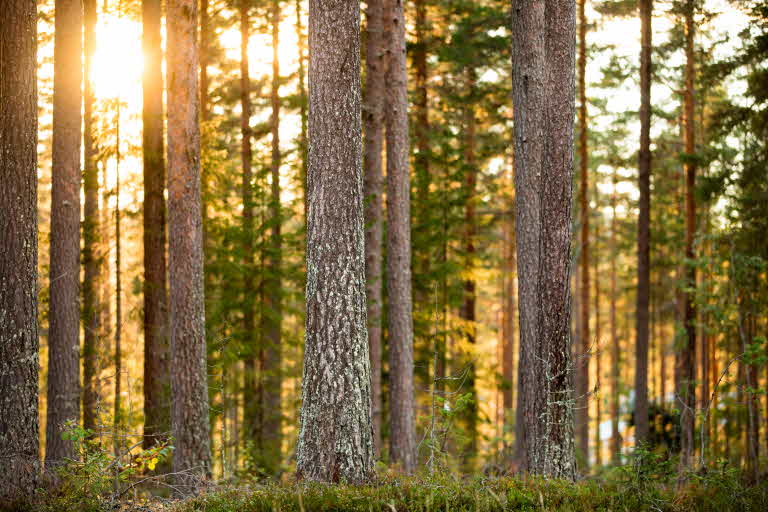
The forests are managed long-term and carefully so that they provide higher growth and greater harvesting opportunities over time. For example, we plant at least two new trees for every tree that is harvested.
Since we began to systematically measure our forest at the end of the 1940s, standing volume – the volume of living, growing trees – has increased by more than 60% and growth has more than doubled. During these years, we have also harvested more timber than what is currently standing on our land. This development has taken place because SCA has spent many years managing its forest with a long-term and conscientious approach. Standing volume, growth and harvesting potential will continue to increase. Correctly managed, the forest is a perpetual resource.
SCA's forestry also has targets other than timber production, as our forests hold many different values. Developing and preserving the biodiversity in the company's forests is the most important sustainability target in SCA's forest management. All flora and fauna on our lands must have the conditions to continue to live there in the future. This requires a variety of habitats in our forests.
Use and preserve
SCA’s entire forest holding has been subject to landscape ecological planning for many years. It helps us decide which forests we should use for timber production and which forests we should preserve or manage with a focus on benefiting biodiversity and other values. In some forests, we can combine forestry with measures that preserve or develop the forest’s conservation values.
Those forest where we focus on timber production are managed with basic environmental consideration, so-called basic retention, where we always leave conservation patches, buffer zones and trees are left after all harvesting and other forestry measures. No harvesting takes place on non-productive land and land that is not classified as forest land.
SCA's forest management acquired FSC® certification (FSC®004466), Forest Stewardship Council®, in 1999. SCA's forest management was certified according to PEFC (PEFC/05-23-131), Programme for the Endorsement of Forest Certification, in November 2011. The certifications mean that we comply with the FSC's and PEFC's guidelines for responsible forestry.
CTA nature conservation strategy
In our nature conservation strategy, we highlight the measures we take to combine productive and profitable forestry with effective nature conservation that preserves biodiversity. We will actively contribute to biodiversity by conserving, developing and restoring habitats for specific species.

This is how we work with our responsible forestry

Certified forest management
SCA's forest management is certified according to both FSC® and PEFC. This means that we comply with the guidelines for responsible forestry.

Landscape ecological planning
We plan our forestry from a landscape ecological perspective. In this way, we contribute to preserving the biological diversity in our forests.

Environmental consideration
Environmental consideration is a natural part in all we do in our forests. It encompasses; nature conservation consideration, cultural heritage consideration, consideration to recreation and outdoor life together with consideration to reindeer operations.
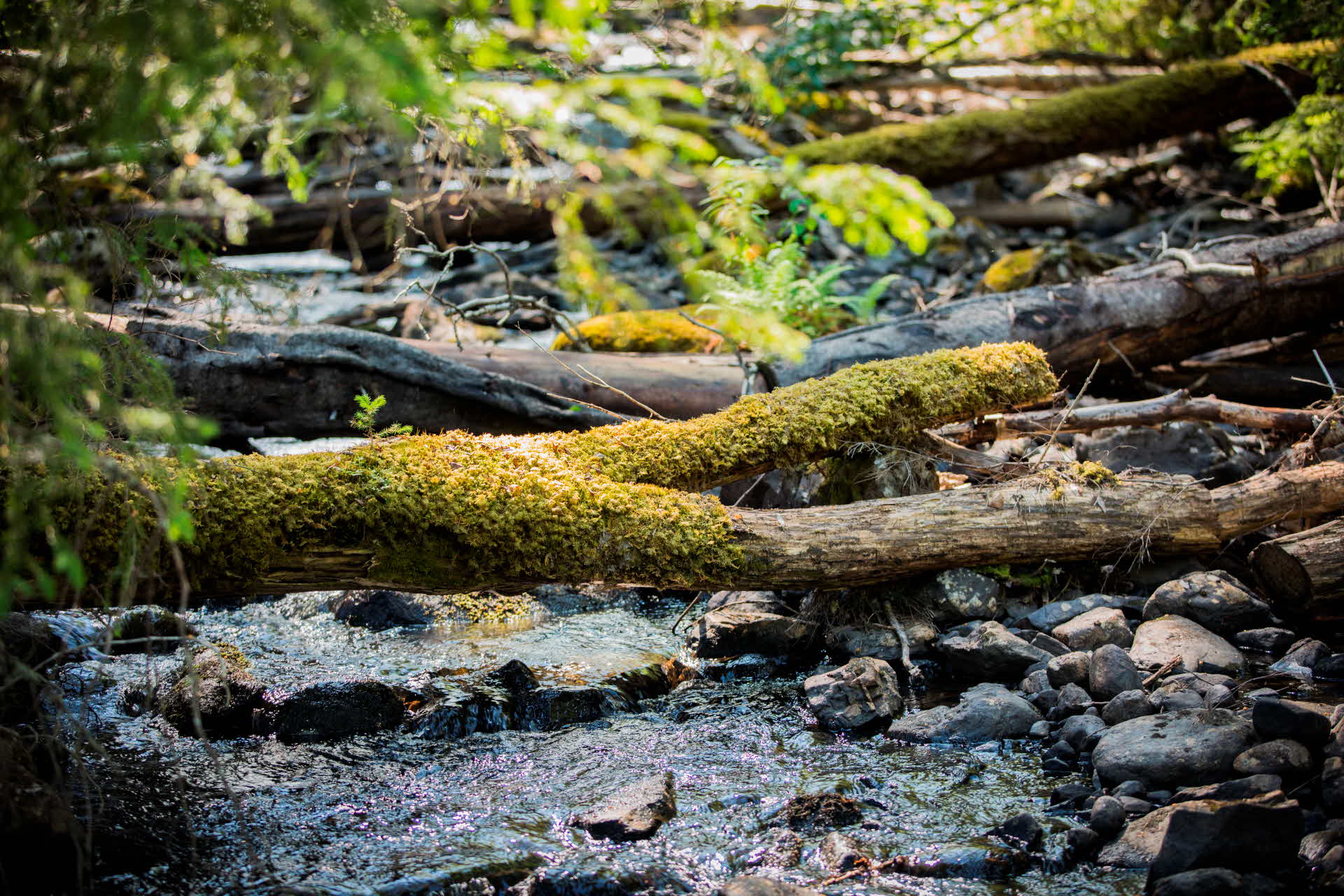
Biodiversity
The development and preservation of biodiversity is the most important sustainability target in our forest management. This means there must be a variety of different habitats in our forests and we therefore strive to develop, preserve and recreate habitats for species with special requirements.
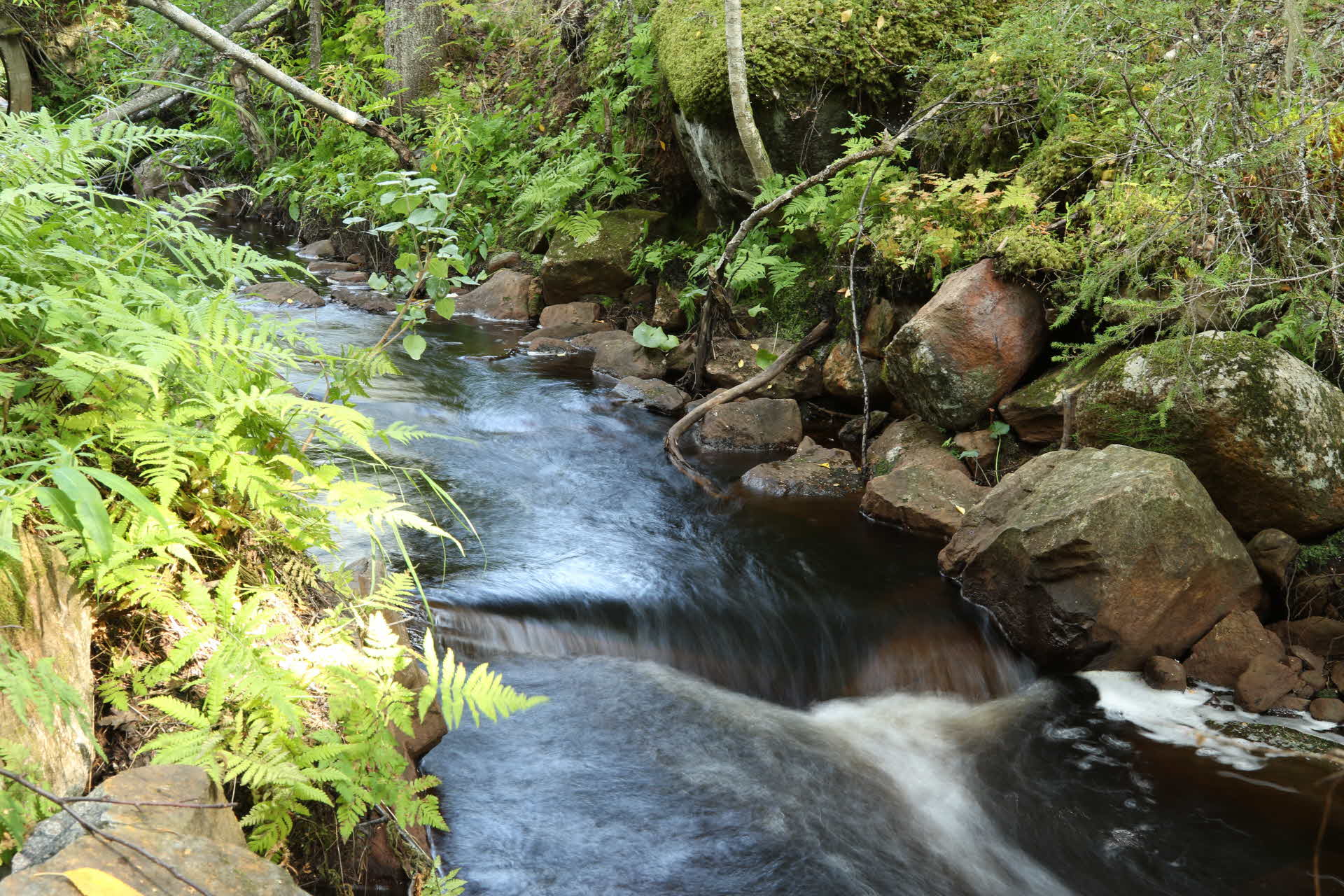
Protecting wetlands and watercourses
The water runs through the forest landscape like a life-giving nervous system. Protecting as well as restoring and preserving wetlands and waterways is an important part of our forestry.
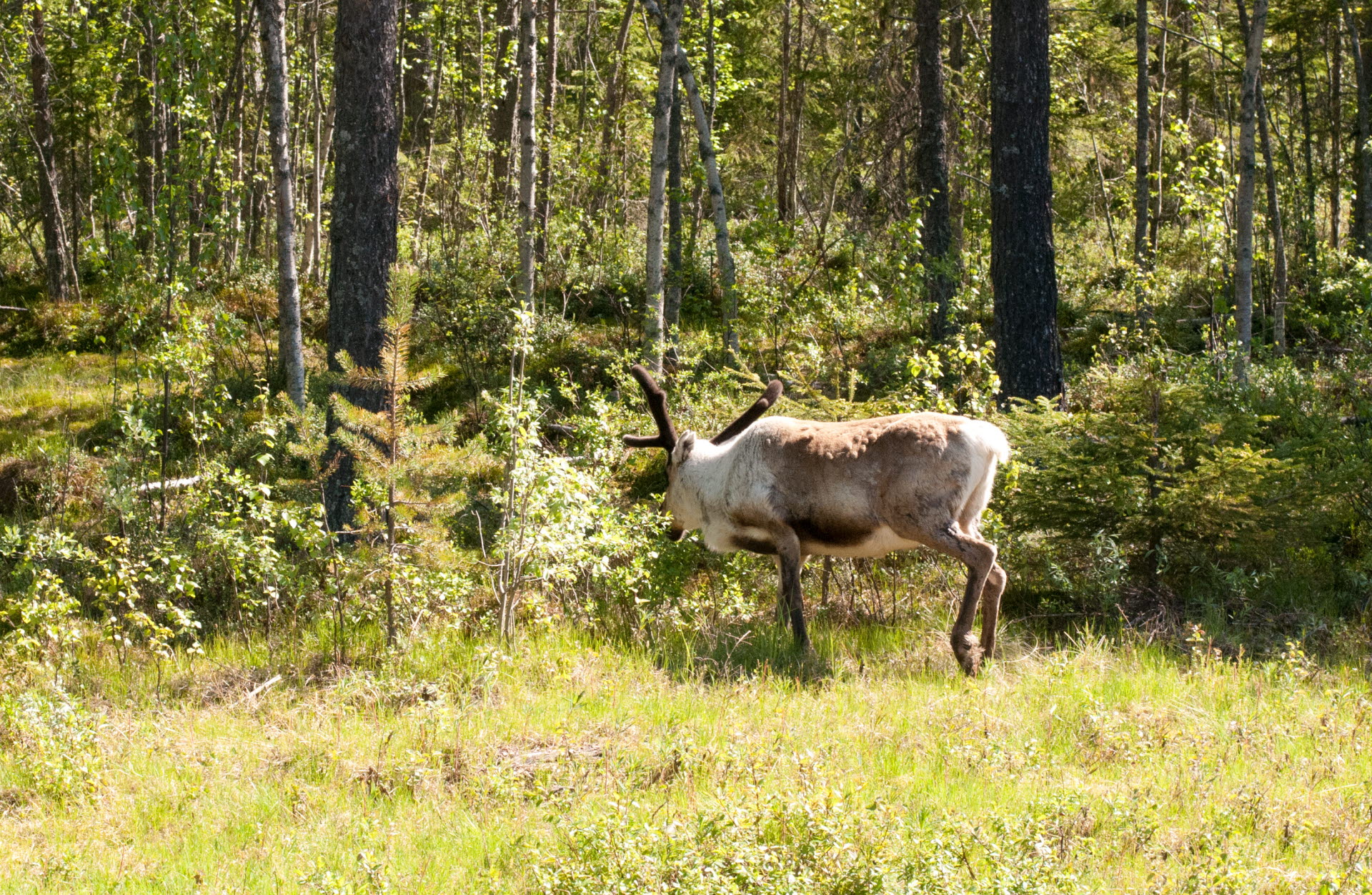
Consideration for the reindeer husbandry
The Sami communities own the right to reindeer herding on SCA's land. It is important with a good cooperation between the Sami communities and SCA, so we both can continue with our businesses.

The SED method
It is vital that felling does not cause any damage to soil or water. SCA therefore works with its own SED (Swedish acronym for “Gentle Effective Logging”) method. This method helps to reduce wheel rutting and also to improve work efficiency.
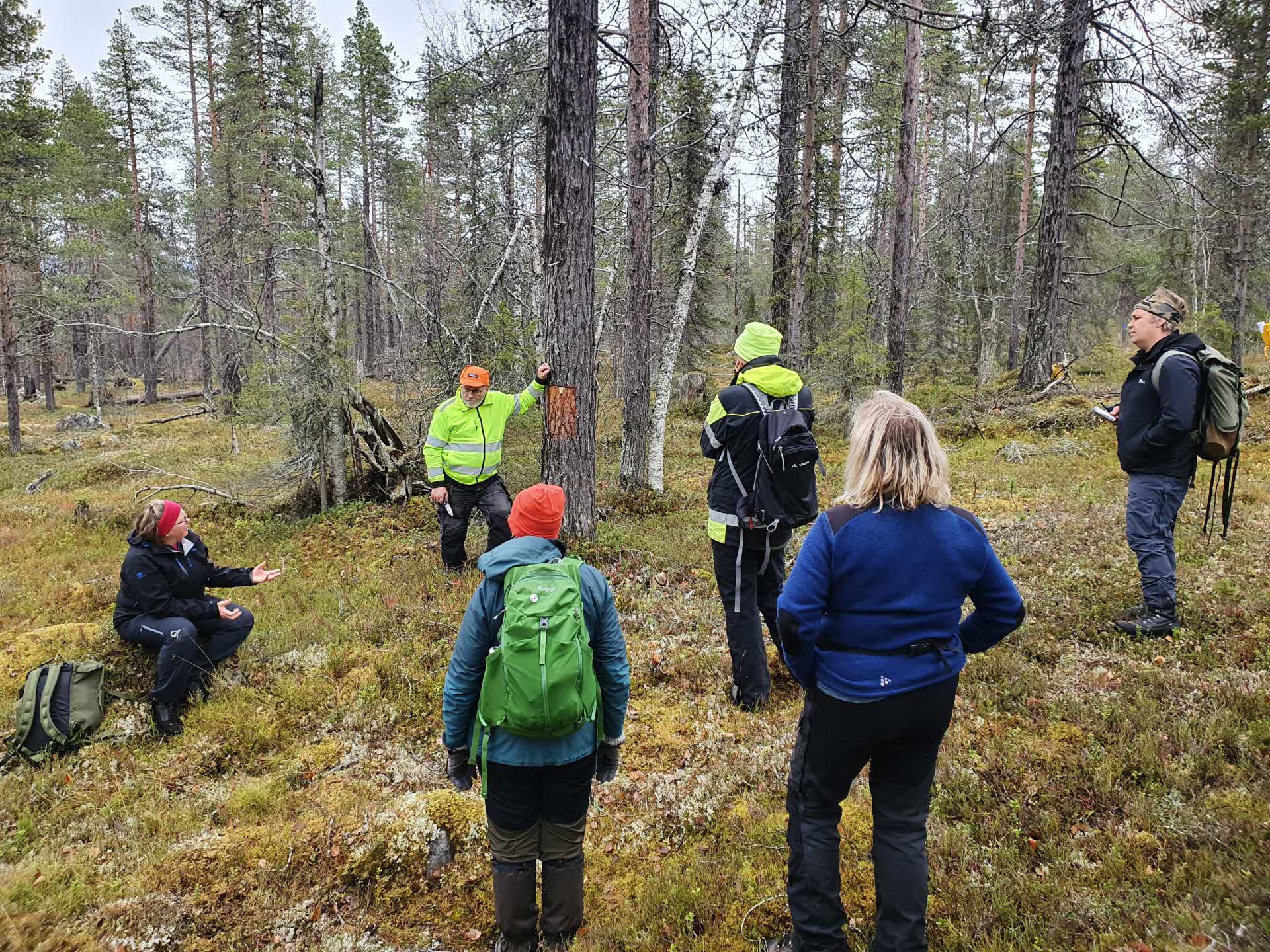
Dialogue and cooperation
Collaboration and dialogue with other parties is an important part of our business. In this way, we can contribute active to the development of the forestry industry, both at local and national level.
Climate smart
By managing the forest responsibly and producing climate-smart products, we contribute to the transition to a fossil-free society. This is a result of our growing forests that bind carbon dioxide and because the fossil emissions decrease when forest products can replace products based of oil and coal.
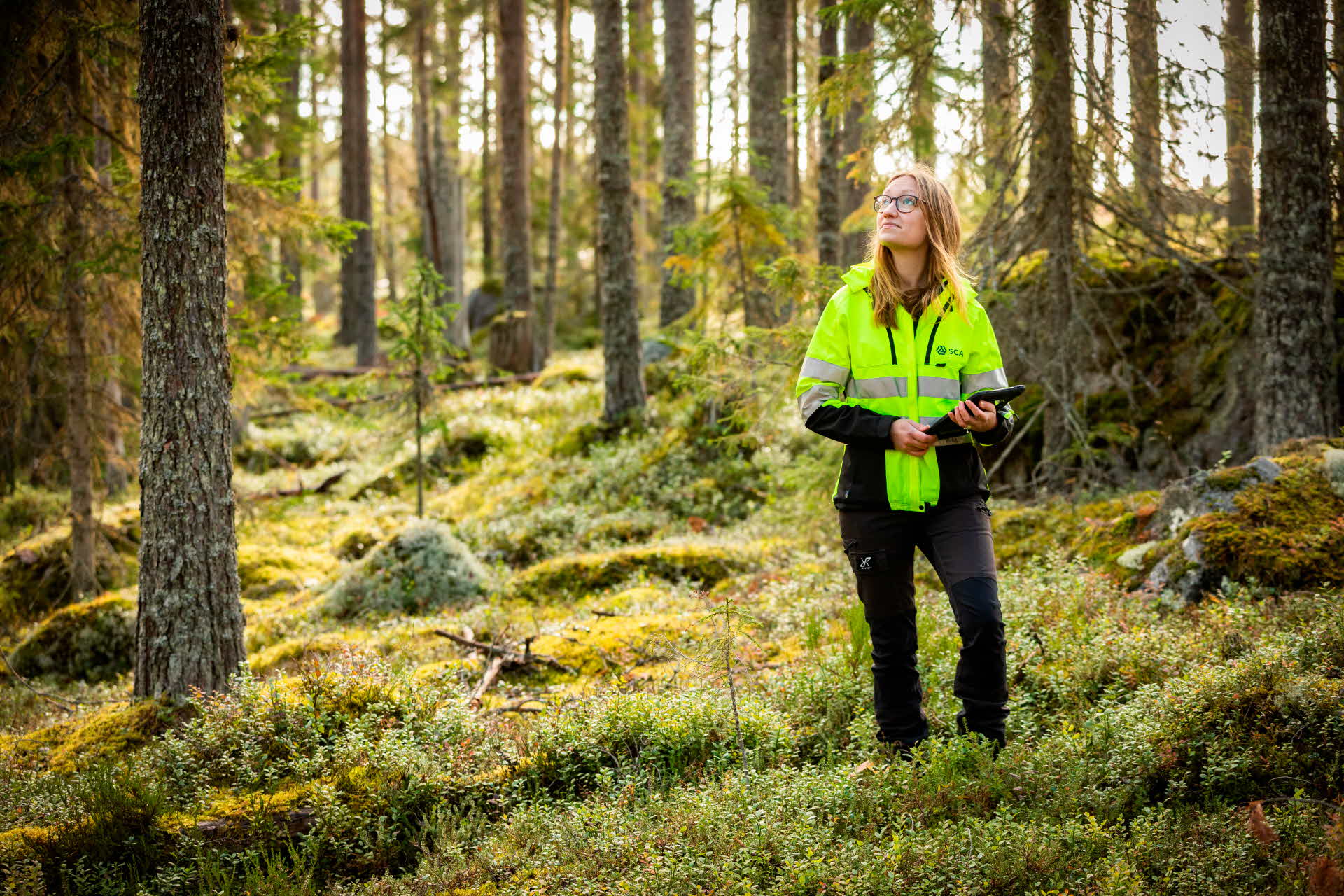
Nature conservation – in various scales
Since the early 1990s, nature conservation measurements has become and increasingly prioritized part of SCA’s forest management. We take various types of nature conservation measures in a range of geographic scales:
- Landscape ecological planning applies for our entire forest holding and is a cornerstone of our approach to nature conservation. Here we identify high-conservation-value forests. These are either set aside or prioritized for nature conservation measures. Sometimes we combine management with measures to preserve and develop high conservation value.
- We use alternative harvesting methods in areas where we don’t want to create clearcuts, and where tree continuity is important.
- We designate landscapes with high conservation value at landscape level as ‘prioritized landscapes.’ Here, our nature conservation work is highly ambitious in order to preserve these high conservation values.
- We plan and implement nature considerations in all harvesting sites. In this way, smaller areas with high conservation value, as well as social and culture values, are preserved.
- We carry out targeted measures, such as prescribed burning and wetland restoration, in specific areas where the measures will promote high conservation values over time.
More about our forestry and our raw material sources
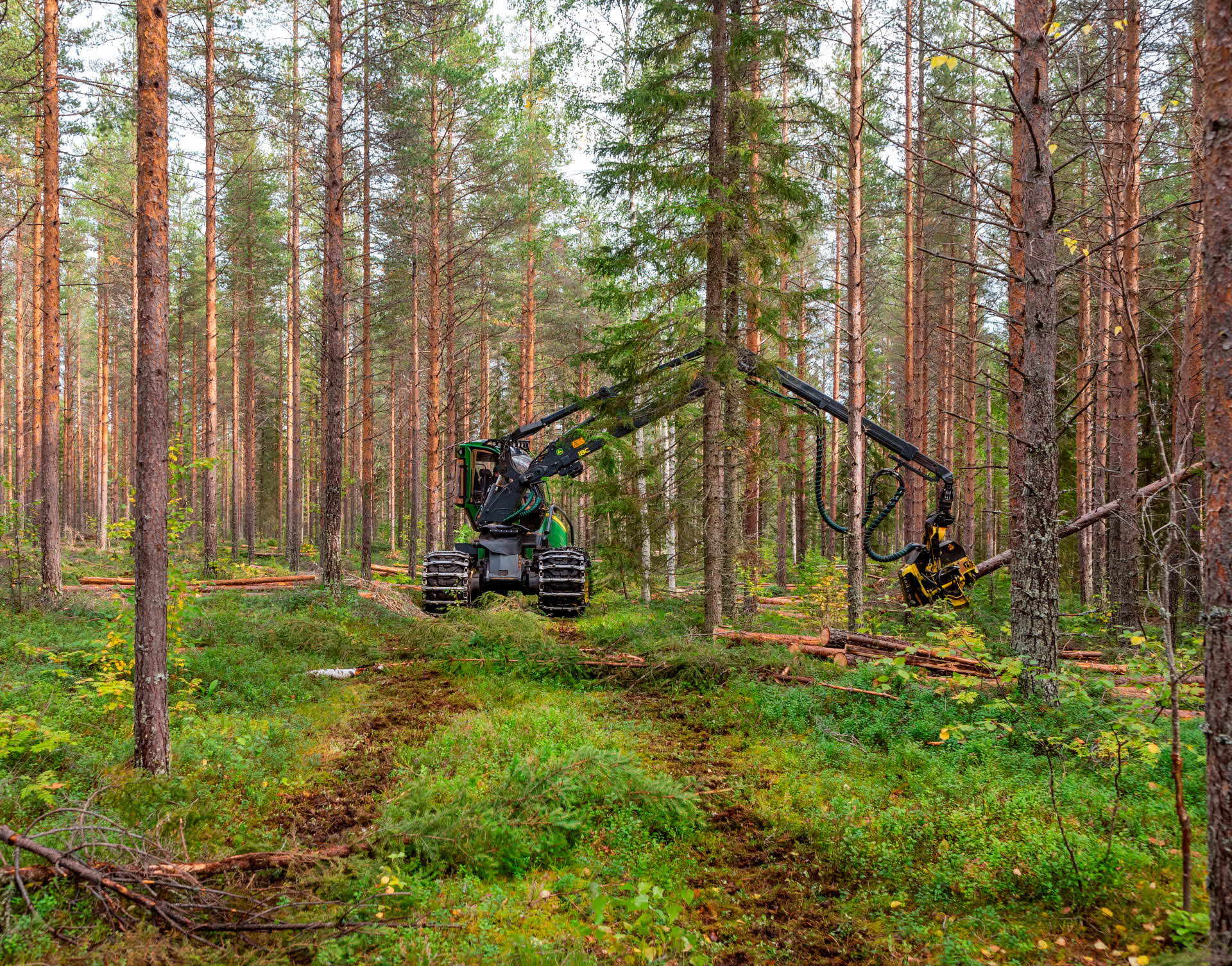
The forestry ecocycle
The management of our forest follows an infinite cycle. From regeneration harvesting, soil scarification and planting to pre-commercial thinning, thinning and back to regeneration harvesting.
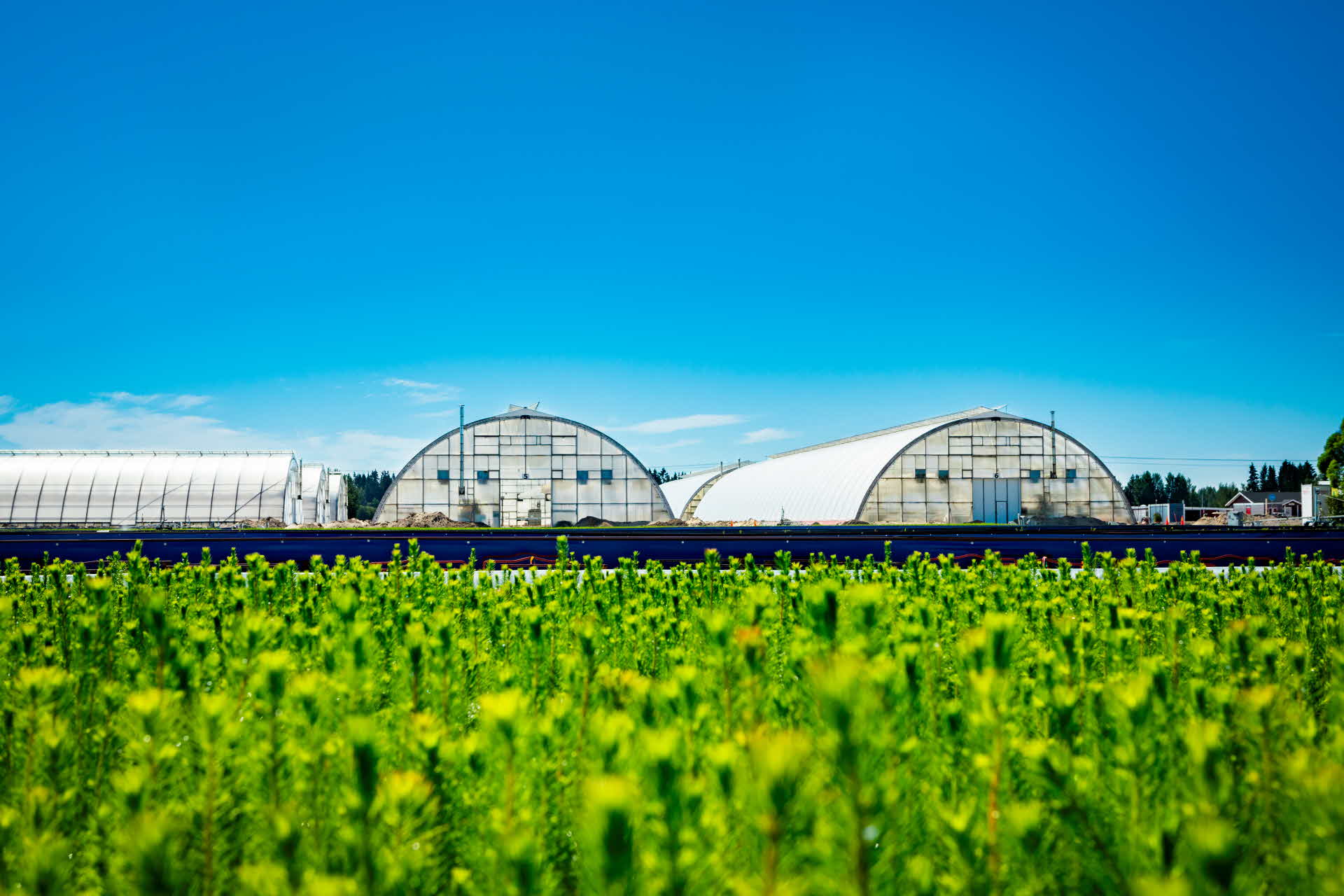
Tree nurseries
At our tree nurseries Bogrundet and Wifstamon, we lay the foundation for the next generation of forests. Every year we grow and deliver over 100 million forest seedlings with documented good plant vigor. The plants are used both in our own forest and by other forest owners.
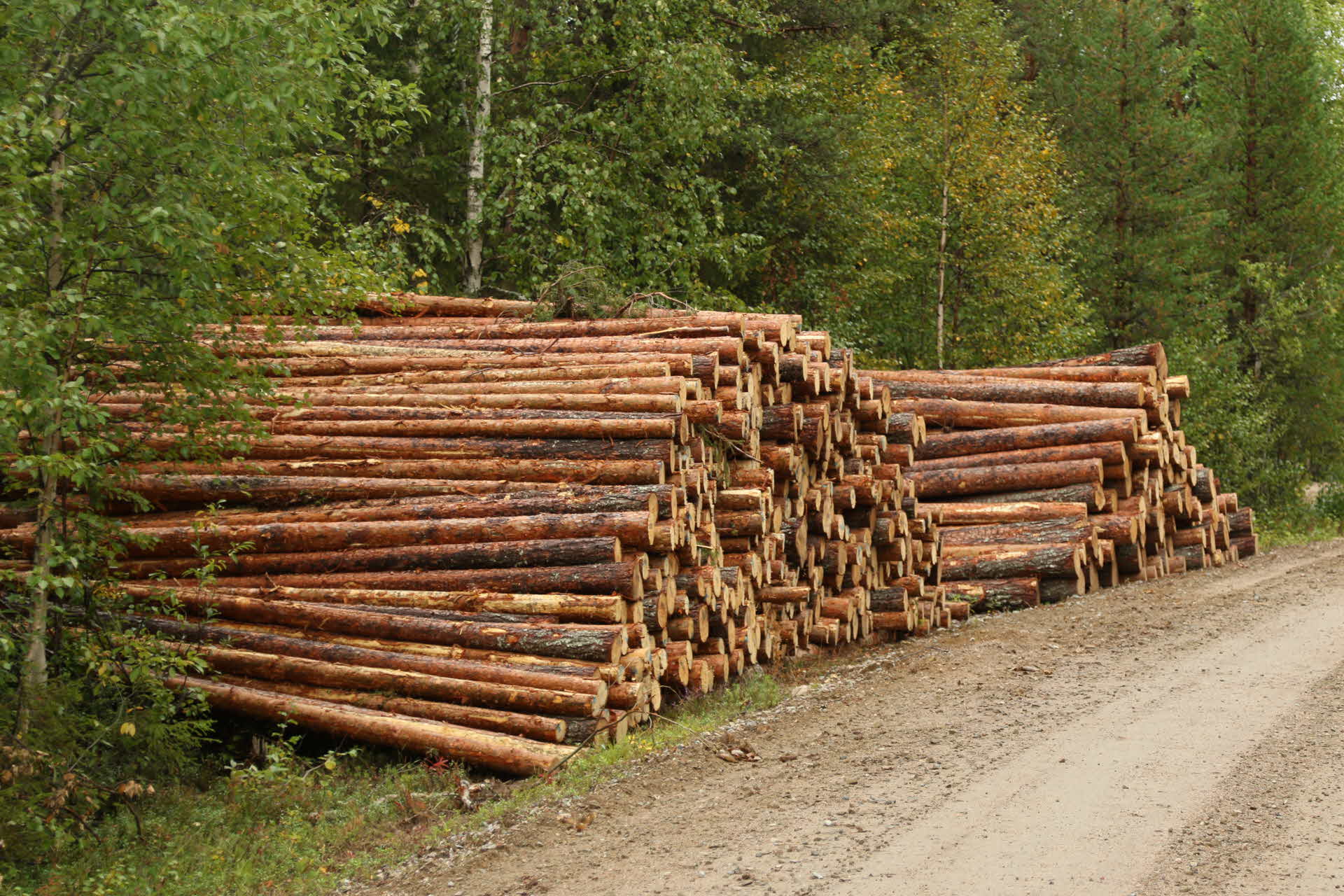
Raw material sources
SCA’s sources for raw materials are a balance between of raw materials from SCA’s forests, purchases from other forest owners and a smaller share of imports. Wood procurement is concentrated in northern Sweden. All wood raw materials SCA uses must come from responsibly managed forests.

The growth in our forest
Properly managed, the forest is an eternal resource. Today the standing volume in our forest is estimated at around 260 million m³fo. The forests are managed actively and long-term to increase growth.
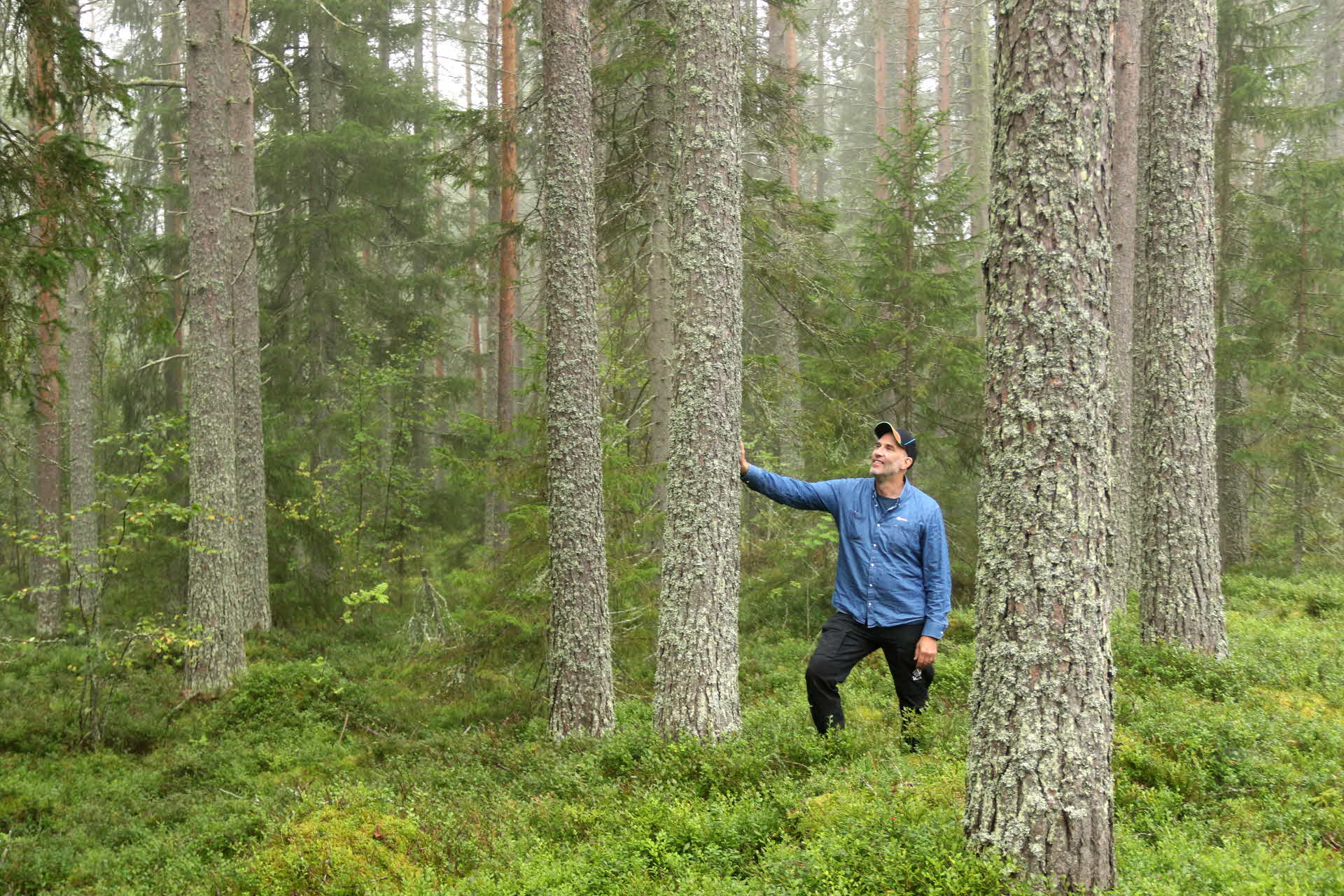
Major difference between managed and unmanaged forests
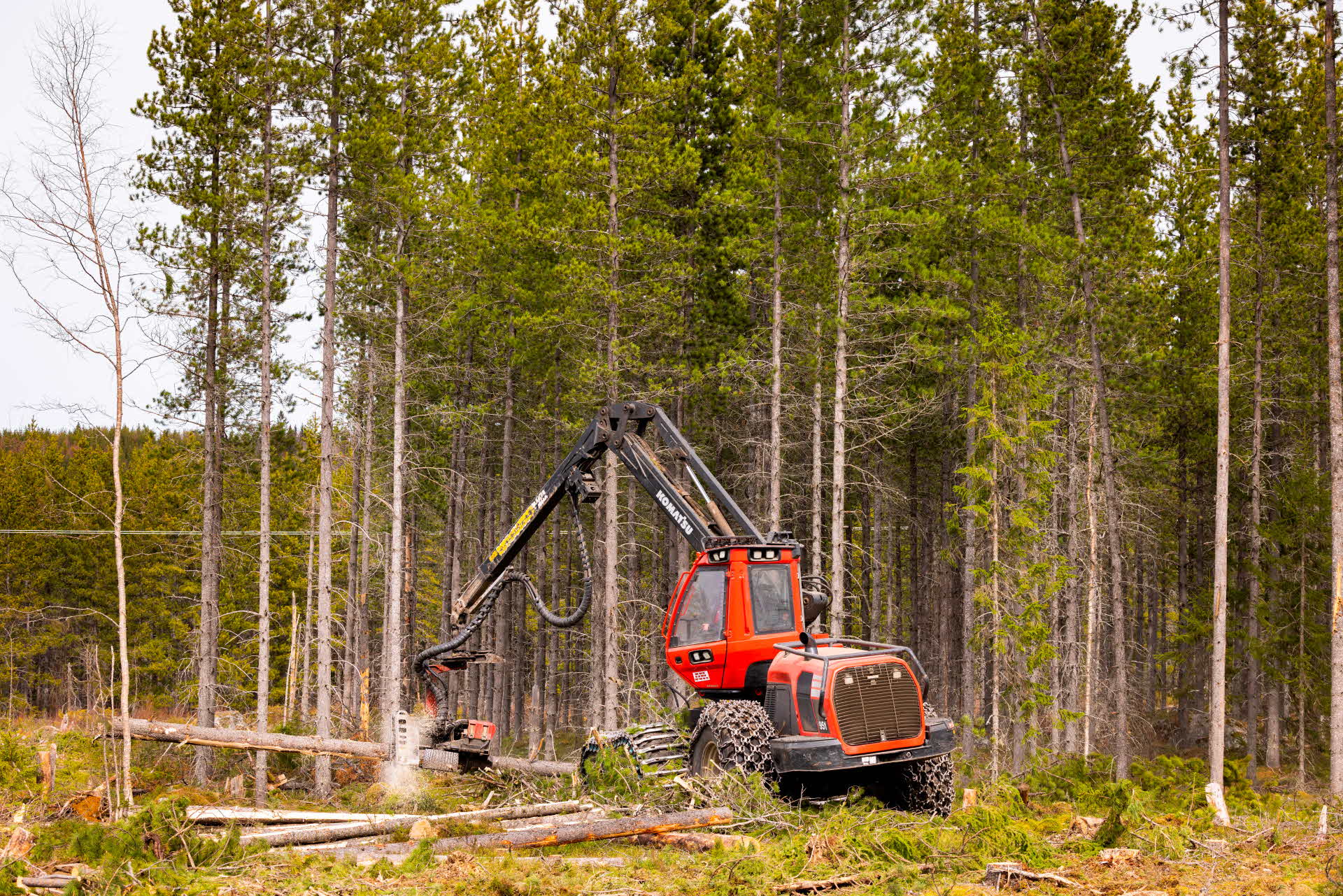
Contorta pine on SCA´s land
SCA has about 300,000 hectares Contorta pine on its land. It grows 40% faster compared with Swedish pine and thus binds more carbon dioxide.
Latest news
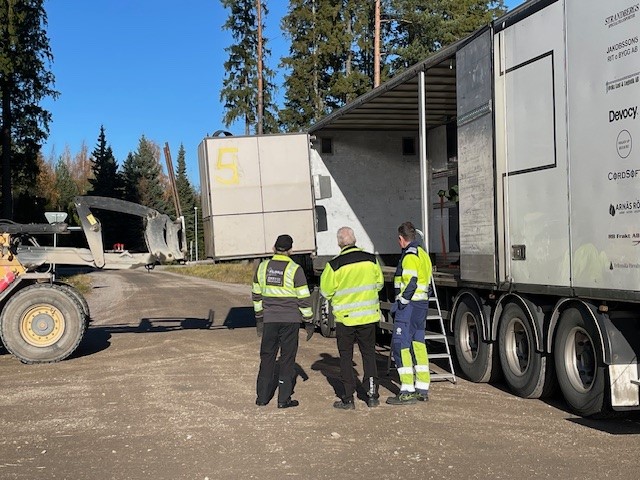
SCA donates boilers to Ukraine
SCA and Bogrundet’s tree nursery are donating seven large hot air boilers to Ukraine, where the need for flexible heating solutions is significant. The donation is made possible thanks to SCA replacing the greenhouses’ oil-based heating system with a pellet-driven facility. “It feels good that the equipment we no longer need can now make a difference in war-torn Ukraine,” says Urban Rosdahl, Maintenance Manager at Bogrundet.
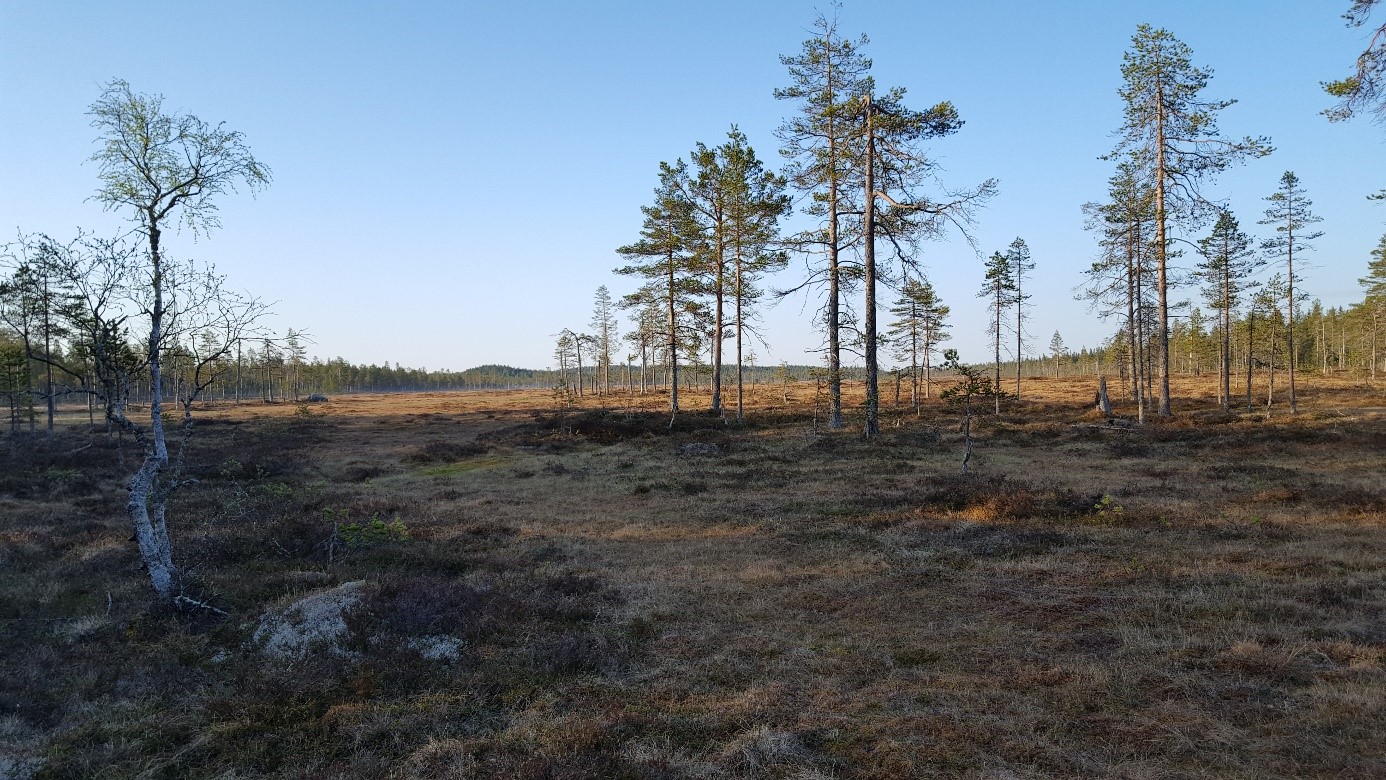
Positive changes after wetland restoration
New wetland species along with a wetter mire. These are some of the changes observed following SCA’s restoration of Stentjärnsmyren in Medelpad, according to an inventory conducted by BirdLife Medelpad. "It’s cautiously positive signs, even though we can’t say that it’s entirely a result of the restoration," says Bengt Allberg, BirdLife Medelpad.
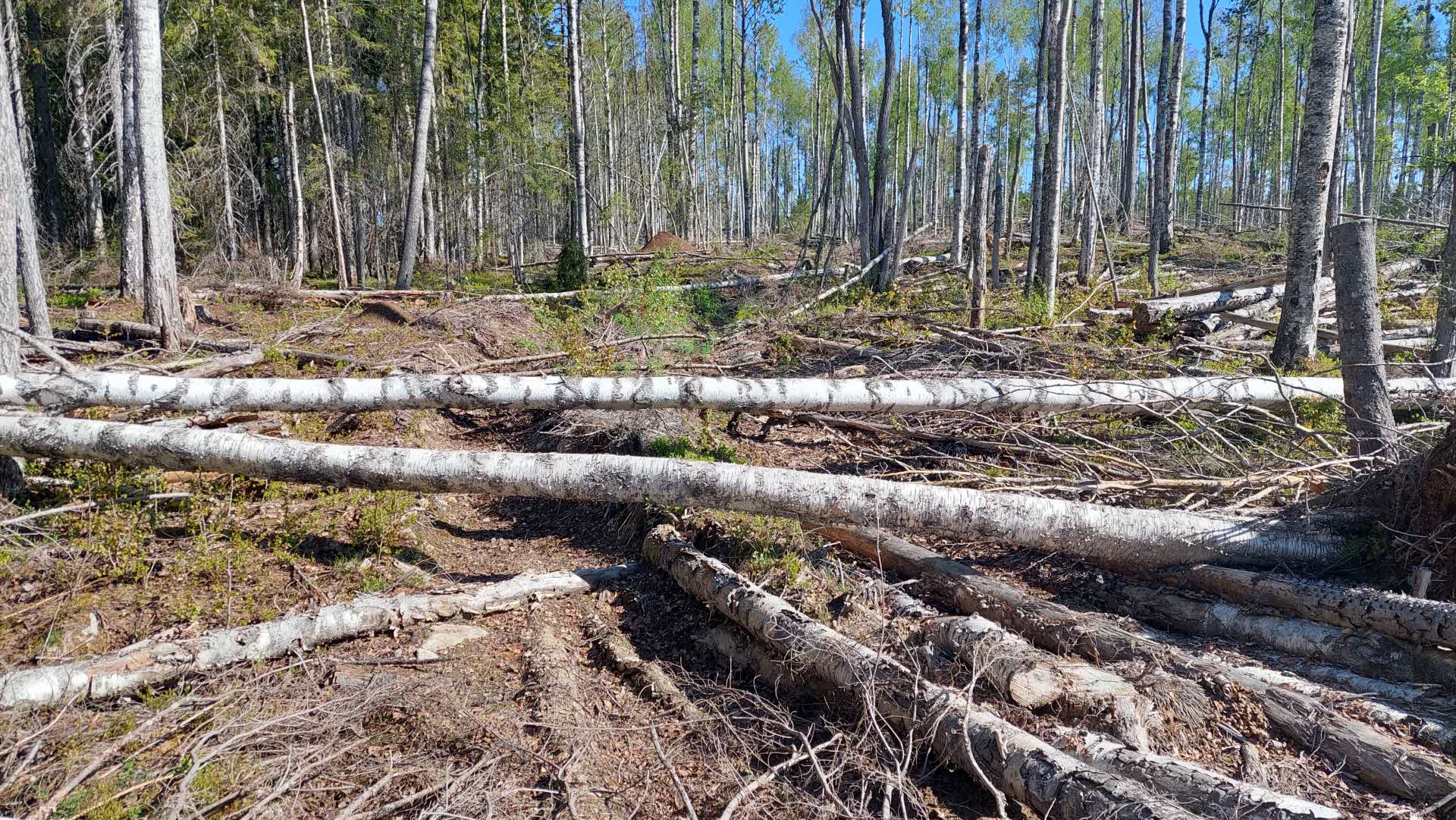
Good for the bird fauna after SCA’s actions
Many more birds and several new species. That is the result five years after SCA implemented measures to promote bird fauna in a larger area of deciduous forest in western Medelpad. This is demonstrated by the survey conducted by BirdLife Medelpad. "The number of species and individuals has increased by more than 50 percent five years after the actions," says Peter Berglund from BirdLife Medelpad.
